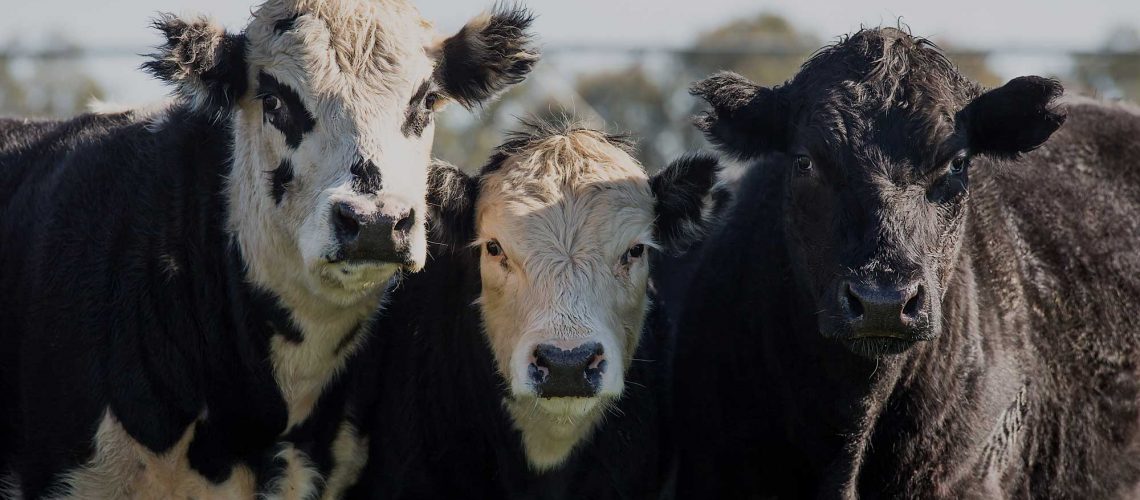By Warren Lee
A few weeks ago I was at the Animal Agriculture Alliance annual meeting in Missouri.
It’s strangely like being in Australia. A lot of passionate people who want to provide safe and wholesome food for the country and the planet and also want to feed themselves and their families along the way.
There was a lot of talk about marketing, and consumer expectations, and how to deal with fringe groups, and I don’t know how it came up but at my table I started playing the Ingham’s Chicken “If you don’t like chicken, there is something very wrong with you” ads.
If you don’t know them, have a look here.
They were seriously controversial and the animal rights people, and their lawyers went to town on them.
It’s a long time ago now and the only reason I probably only remember it, is because the actor in it is a friend of mine and she got death threats and all that stuff.
Which is terrible.
The red meat industry responded in a way you could hardly imagine. (But remember, chicken was first. They started it.)
Red meat responded with an ad campaign featuring Sam Neill, you might know him from Jurassic Park and Dead Calm, where he was seriously chasing a chicken (unsuccessfully) around a paddock and declaring “Red meat, we were meant to eat it”.
Which got me thinking about chicken, actual meat, and what we might be able to learn.
In 2013, antibiotic free chicken was 4% of the market and that number actually went down in 2014.
But fast forward to 2017, only 4 years later, and 40% of the market was antibiotic free plus another 19% that only uses ionophores.
That is a massive market change in about the time it takes to bring 2 head of cattle from calf to harvest.
Today, all of Perdue’s Chicken is antibiotic free.
And guess what, so is it’s beef.
If you made a timeline of antibiotic use in beef production, it’s 2013 in chicken years.
And here is the thing.
It actually doesn’t matter whether you think antibiotics in beef production are a problem or not or whether you believe antimicrobial resistance is a thing or not or whether you feel beef production is a contributor to the issue or not.
The people who buy your product do and more and more of them will in the future.
In the last 6 months alone, this has happened.
- The World Health Organisation has called on all member states of the United Nations to phase out use of antibiotics for growth promotion in animal production
- McDonalds has announced Antibiotic reduction targets in it’s global supply chain including 2.6 billion tons of beef, and will report against them from 2022
- School districts are beginning to change their beef sourcing policies to remove antibiotics from their supply chains.
Which brings us back to chicken.
While we might not lose sleep over the consumer choices of a single school district, it’s amazingly similar to the way Big Chicken talks about how chicken went overwhelmingly anti biotic free so quickly.
“In 2011, the Chicago Public Schools, the third-largest school district in the country, converted to antibiotic-free chicken. In 2013, the academic senate of the University of California San Francisco (which, in addition to the university, operates the city’s largest hospital) voted for its food procurement to go antibiotic-free and urged the rest of the University of California system to follow its lead.
Chick-fil-A’s announcement (in 2013) was the first signal that poultry production was breaking with the rest of the American meat industry; Perdue’s, seven months later, was the second. One after another, major food service companies and poultry integrators fell in line behind them. McDonald’s shook the market by announcing in March 2015 that it was going antibiotic-free for chicken in all of its North American restaurants; Subway followed in October 2015. Costco put its buying power behind chicken raised without routine antibiotics in March 2015, and Walmart in May 2015. Poultry producer Pilgrim’s Pride said in April 2015 that it would take 25 percent of its birds antibiotic-free. Foster Farms, the company that had been dogged by foodborne illness outbreaks, committed in June 2015. And Tyson Foods, the largest chicken company in North America, announced in April 2015 that it had already eliminated human use antibiotics in 80 percent of its broiler production (including its hatcheries), with the plan of being antibiotic-free within two years.”
When this happens, it happens fast.
And it is happening.
I don’t farm chickens, but if I did I wouldn’t want to be the guy producing cage eggs and antibiotic fed broilers in 2018.
It’s like being a black and white TV salesman.
Don’t be that guy.

